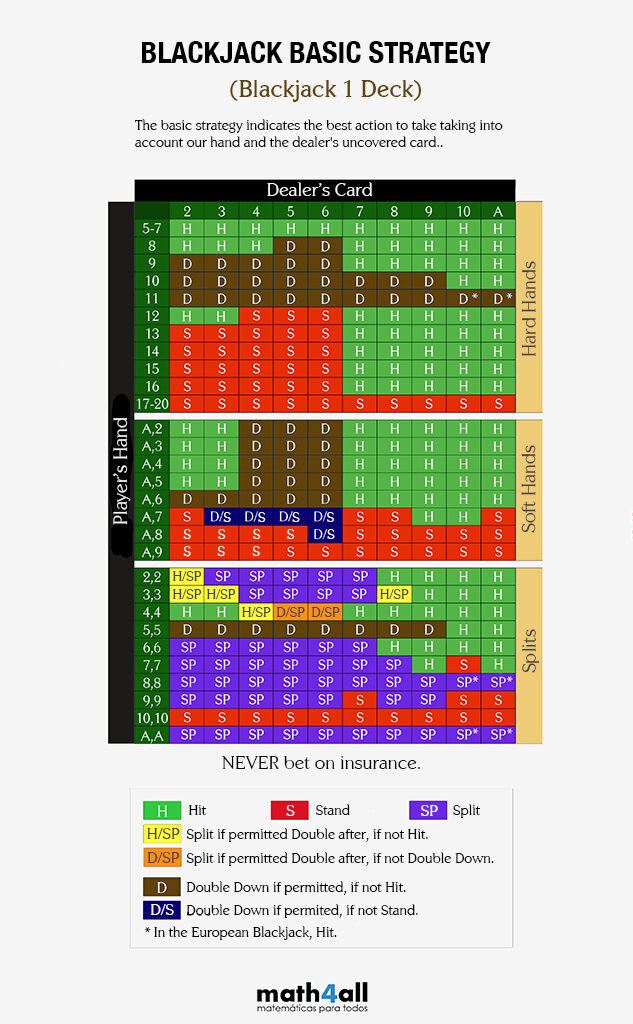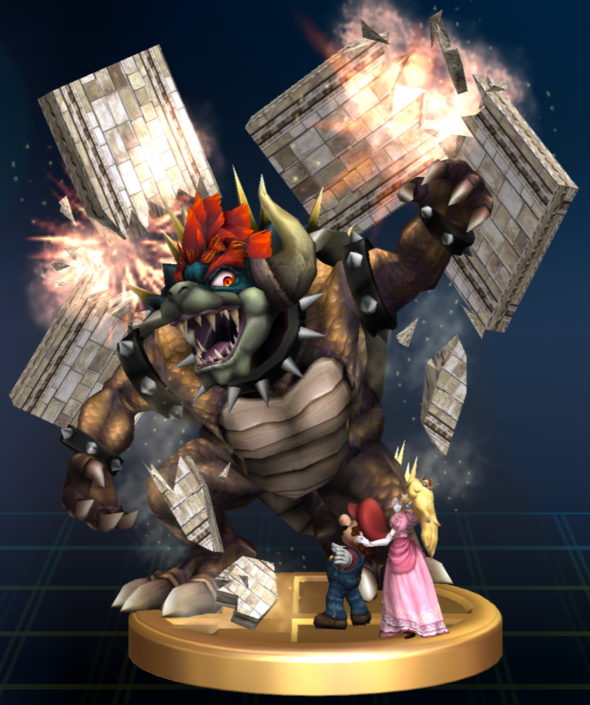Blackjack Hit Or Stand
The Blackjack dealer in the trainer will then proceed to deal out both your cards as well as his. Your cards are always dealt face up. However, only one of the dealer’s cards will be dealt face up and the score of the dealer’s hole card won’t be visible to you. Split, Hit, Stand. But you are still in the risk of busting and you should hit 10 or less, hit 12-16, and stand at 17+. Dealer's Card is a 7, 8, or 9 In this scenario, there is a better chance of winning, as the dealer cannot make a blackjack.
INSURANCE
If the dealer's upcard is an ACE, he has a 4/13 (31%) chance of getting a Blackjack. You might be allowed to place an extra insurance bet. This is half your stake, and if the dealer does get Blackjack, it pays 2:1 which will effectively return your whole stake on the hand. However, as the dealer's chance of Blackjack is slightly less than 1/3, over time the casino makes a profit of about 2.5% on insurance bets. Therefore insurance is not generally recommended.
What does Hit & Stand mean in Blackjack? The goal in blackjack is to get a hand as close to 21 as possible without going over. Hence it is also referred to as blackjack 21 or just 21. The most frequent decision that players need to make when playing online blackjack is whether to hit.
WHAT IS CARD COUNTING?
If you're playing with a single deck and you see the dealer's upcard is an ace, you know your own chance of receiving an ace is reduced. That's simple!However, you will usually be playing a game where up to 8 decks are mixed together. A blank plastic card is inserted near the bottom of the deck. The shuffled cards are then stacked in a 'shoe' from which they are drawn one at a time as required and then discarded. When the blank appears, all the the cards are brought back together, shuffled and then dealing starts from the top again.
Keeping track of what has been played from multiple decks requires a great deal more skill, but it can be worth it. If a lot of low cards have come out (A-9) this means that a higher than usual proportion of 10-value cards are left. This offers a slight advantage to the player, so it's time to raise your bets. By contrast, if a lot of 10 cards have come out, it's better to keep bets low or even stop playing.

Experts have developed several methods of card counting to help you beat the dealer - but be discrete. The dealers don't like it!
If you would like to boost your card counting performance you can always find an abundance of resources online that will increase your odds of success.
Never bet more than you can afford to lose.Good luck!
One of the most important things to master in the game of blackjack is knowing when to hit or stand. To ‘hit’ means to request another card in order to get your total closer to 21. To ‘stand’ means to forfeit the option of taking another card because your hand is already equal to 21 or as close to 21 as it can be -in this case, the risk of going bust is too high.
Many people wrongly assume that the decision to hit or stand should be based on a gut feeling, and that deciding whether or not to hit or stand is purely guess work. What these players don’t realise is that blackjack is a mathematical game, and as such, the probability of various outcomes can actually be calculated. Luckily for you, a computer has already done the hard work for you-hence the existence of the blackjack strategy chart.
Practice Using the Chart
Now, we’re not saying that winning is guaranteed simply by making the exact moves that the chart tells you to make; blackjack is a game that requires a good dose of luck as well as skill. But if you use the chart correctly, your probability of beating the odds is greatly improved. The next time that you play a few rounds of blackjack at one of the awesome online casinos that we recommend here, keep the chart by your side. You’ll be surprised at how quickly your gameplay improves. However, before you go rushing off to play, we’re going to take you through the basic rules for when to hit and when to stand in order to help you better understand the blackjack chart.

In a game of blackjack, the player and the dealer are dealt two cards each. The player’s cards are dealt face down for only the player to see, but the dealer’s cards are dealt one face down and one face up. The most important element of gameplay for you to grasp is that any decision you make should factor in the dealer’s upturned card. When you look at the blackjack chart you’ll notice that it’s a grid, and it shows every possible combination of the player’s cards (running down the left hand side of the grid) and the dealers card (running along the top of the grid). The chart then tells you when to hit or stick according to the combination of player and dealer cards (or hands).
Decisions to Make Before You Hit or Stand
Even though knowing when to hit or stick can make the difference between winning and losing, it’s not the first decision that you need to make. The first decision is actually whether or not the hand is worth playing at all. Many casinos will give you the option to surrender your hand based on your first two cards and the dealer’s one face up card. This is called early surrender, and if you choose to take it, you will forfeit half of your initial bet. The next decision is whether or not to split (if you have a pair), and then whether or not to double down (double your bet and only take one hit). Another thing to keep in mind before hitting or standing, is whether or not the dealer has to stand if they have a hard 17 or hit if they have a soft 17 – if in doubt, follow the chart rules for a soft 17.
Hit or Stand Scenarios
Here is a quick look at some examples of when to hit and when to stand:
- Hit – If the dealer’s card is a 10 (either number or picture), and the total of your hand is 10 or less, or 16.
- Hit – If your hand is a soft 17 (Ace+6), and the dealer’s card is lower than 5.
- Hit – If your hand totals 9 or less, and the dealer’s card is a 7, 8, or 9.
- Hit – If your hand totals 8 or less, and the dealer’s card is sa 4, 5, or 6.
- Stand – If your hand is a hard 14, 15 or 16, and the dealer’s card is 2, 3, 4 ,5 or 6.
- Hit – If you have a soft 12, 13, 14, 15, 16, 17, unless you have the option to double down.
- Stand – If you have a soft 18, 19, unless you have the option to double down.
- Stand – If you have a soft 20
One scenario that often leads to risk taking is when a player has a hard 17. In this case, the chart will tell you to stand because the dealer has to stand on a hard 17. If both you and the dealer end up with a total of 17, it’s considered a push, and no one wins; a more likely scenario than the dealer getting a better hand than a 17 without having to hit and risk going bust. If you hit on a hard 17, you’re much more likely to go bust than you are to get closer to 21. It may seem tempting to hit on a hard 17, but it’s just not worth the risk. Take the chart’s advice and stand!
More Blackjack and Guides you shouldn’t miss
Relevant news
How to Win at Baccarat – All You Need to Know About Beating the Game
Just like Roulette and Slot Machines, Baccarat is a casino game that revolves around luck.…
read more +How to Become a Professional Poker Player
Since the poker boom hit in 2003, TV-shows such as “High Stakes Poker” have been…
read more +Why Can’t I Claim the Welcome Bonus With Skrill?
Being a casino enthusiast with a liking for e-Wallets, we’ve all been there. We go…
read more +Full Guide on How to Play Baccarat Online and the Rules of Baccarat
Baccarat is a simple and fast paced game that has been played for more than…
read more +How to Play and Win Big at Penny Slots – Full Guide Explaining Everything You Need to Know
If you’re someone who believes that it’s impossible to win at penny slots in the…
Blackjack Hit Or Stand Card
read more +
The Luckiest Place to Buy a Lottery Ticket Online
It’s no secret that it’s incredibly difficult to win the lottery - at least so…